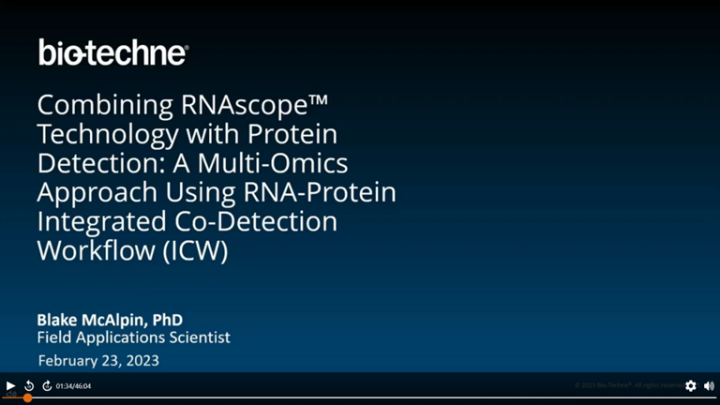Automating IHC and RNAscope® ISH for academic research – Lessons from equine arteritis virus & COVID-19

IHC is a robust tool that is widely used in research settings to assist in protein expression analysis, cellular localization, abundance, and distribution. RNAscope® ISH has revolutionized the way we perform RNA in situ hybridization, facilitating detection of nearly any RNA in any tissue type. This methodology has become very popular among research laboratories across the world. The overall objective of this webinar is to introduce the attendees to the benefits of IHC/ISH automation and its use in research.
학습 목표
- Introduction to IHC and ISH, current methodologies and platforms available
- Automation in research:
- Advantages of automating IHC and ISH
- Optimization of antibodies for IHC
- Lessons from research projects: chronic wasting disease surveillance, equine arteritis virus and COVID-19
발표자 소개

Dr. Mariano Carossino is an Assistant Professor (appointed) at the Department of Pathobiological Sciences and Louisiana Animal Disease Diagnostic Laboratory (LADDL), Louisiana State University School of Veterinary Medicine. As a virologist and pathologist, he has extensive experience in virus-host interactions and viral pathogenesis. His research is focused on understanding virus-host interactions that govern viral pathogenesis and determine disease outcome, and comparative pathology models to study viral diseases of animals and humans. Dr. Carossino has also experience in the development and validation of molecular diagnostic assays, such as ISH and real-time PCR assays for the detection of animal and human pathogens, and established the Chronic Wasting Disease program at the LADDL as well as expanded the immunohistochemical and in situ hybridization assays offered through LADDL. Most recently, he has been involved in SARS-CoV-2 research, particularly in determining susceptibility of animal models of COVID-19, characterization of the K18-hACE2 murine and hamster models, and assessment of the efficacy of therapeutics. His future independent research will be focused on models of comorbidity and COVID-19. He also conducts collaborative projects related to tumor biology.
Related Content
Leica Biosystems 콘텐츠는 Leica Biosystems 웹사이트 이용 약관의 적용을 받으며, 이용 약관은 다음에서 확인할 수 있습니다. 법적고지. 라이카 바이오시스템즈 웨비나, 교육 프레젠테이션 및 관련 자료는 특별 주제 관련 일반 정보를 제공하지만 의료, 규정 또는 법률 상담으로 제공되지 않으며 해석되어서는 안 됩니다. 관점과 의견은 발표자/저자의 개인 관점과 의견이며 라이카 바이오시스템즈, 그 직원 또는 대행사의 관점이나 의견을 나타내거나 반영하지 않습니다. 제3자 자원 또는 콘텐츠에 대한 액세스를 제공하는 콘텐츠에 포함된 모든 링크는 오직 편의를 위해 제공됩니다.
모든 제품 사용에 다양한 제품 및 장치의 제품 정보 가이드, 부속 문서 및 작동 설명서를 참조해야 합니다.
Copyright © 2024 Leica Biosystems division of Leica Microsystems, Inc. and its Leica Biosystems affiliates. All rights reserved. LEICA and the Leica Logo are registered trademarks of Leica Microsystems IR GmbH.


